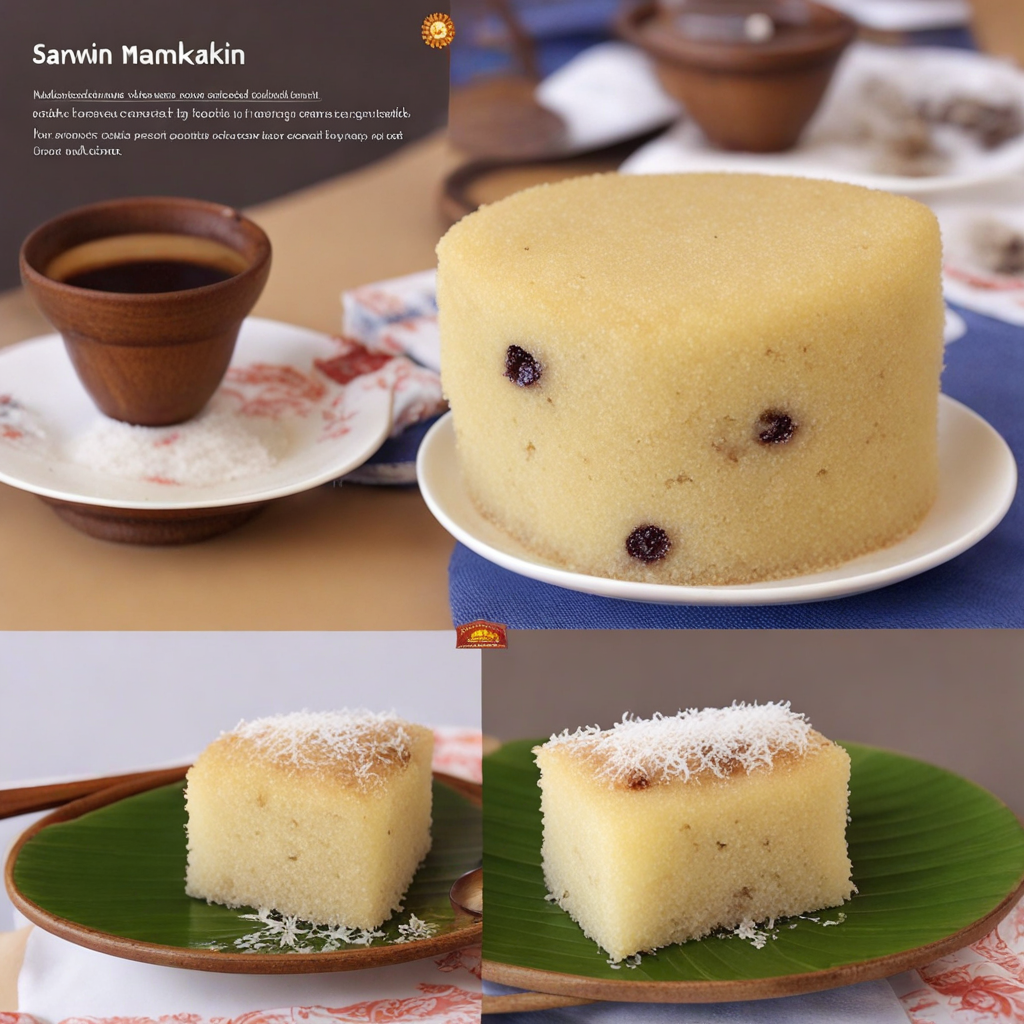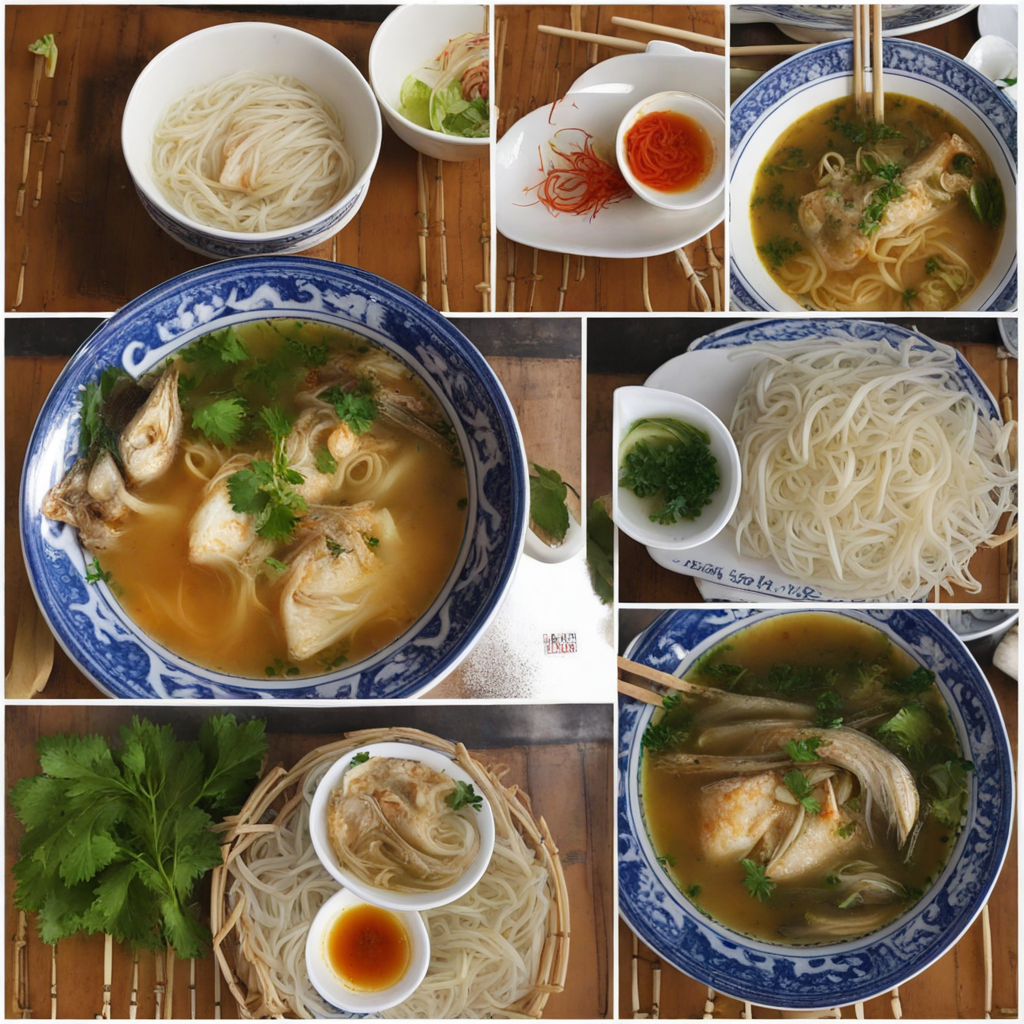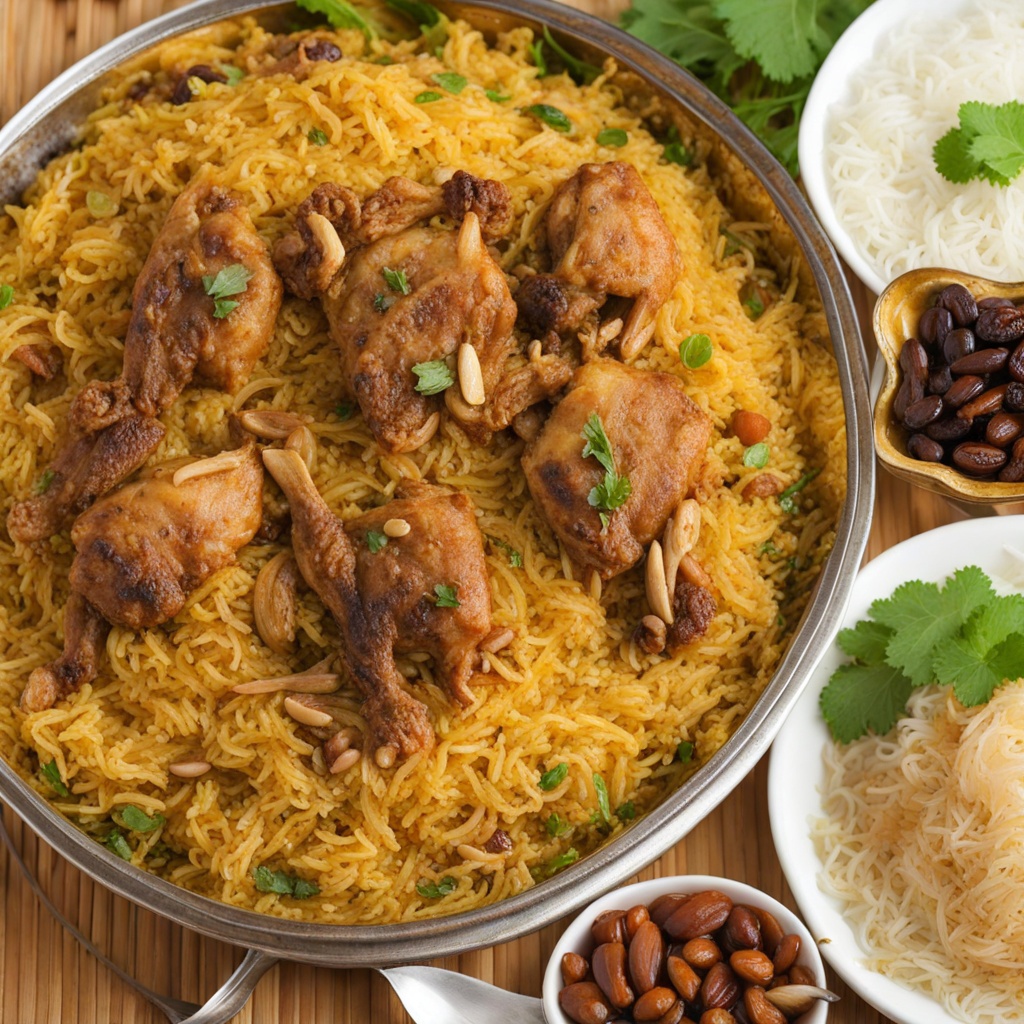Sanwin Makin
Sanwin Makin is a traditional Burmese dessert that tantalizes the taste buds with its unique combination of flavors and textures. This delightful treat is primarily made from glutinous rice flour, which gives it a chewy and slightly sticky consistency. The dough is often infused with a hint of coconut milk, adding a rich creaminess that complements the subtle sweetness of the dessert. It's typically steamed, allowing the ingredients to meld together beautifully, resulting in a soft yet firm texture that is incredibly satisfying to bite into. To enhance its flavor profile, Sanwin Makin is often adorned with a sprinkling of toasted sesame seeds or shredded coconut, which adds a nutty crunch and an extra layer of flavor. The dessert may also feature a sweet filling made from jaggery or palm sugar, offering a caramel-like sweetness that contrasts delightfully with the mildness of the rice flour. This combination of sweet and savory elements creates a harmonious balance that is both comforting and indulgent. Served at various celebrations and gatherings, Sanwin Makin is more than just a dessert; it embodies the essence of Burmese culture and hospitality. Whether enjoyed as a snack with a cup of tea or as part of a festive meal, this dish invites you to explore the rich culinary heritage of Myanmar. Its simplicity, coupled with the depth of flavors, makes Sanwin Makin a must-try for anyone looking to expand their palate and experience the unique tastes of Southeast Asia.
How It Became This Dish
The History of ဆနွင်းမကင်း (Sann Nwe Ma Kin) in Myanmar #### Origin and Ingredients Sann Nwe Ma Kin, also known as “Sann Nwe” or “Sann Nwe Ma Kin,” is a traditional sweet steamed dessert from Myanmar, particularly cherished during the Thingyan Festival, the Burmese New Year celebration. The dish is primarily made from glutinous rice flour, coconut milk, and jaggery or sugar. The name "Sann Nwe" translates to “sweet rice cake,” capturing the dish's essence as a delightful treat enjoyed by many. The origins of Sann Nwe Ma Kin can be traced back to the agricultural practices of ancient Myanmar. Rice, a staple crop, has been cultivated for thousands of years in the fertile plains of the Irrawaddy River, and its prominence is deeply rooted in Burmese culture. The glutinous variety of rice, known for its sticky texture when cooked, lent itself well to the creation of sweets and desserts. While rice dishes have been a significant part of Burmese cuisine, the addition of coconut and sweeteners reflects the influence of neighboring Southeast Asian cultures, particularly from regions where coconuts are abundant. #### Cultural Significance Sann Nwe Ma Kin holds a special place in Myanmar's culinary and cultural landscape. It is not merely a dessert but a symbol of togetherness and celebration. During the Thingyan Festival, families gather to prepare and enjoy this sweet treat, fostering a sense of community and sharing. The festival, marked by water splashing and merriment, signifies the arrival of the new year and the cleansing of sins. Food plays a pivotal role in these celebrations, and Sann Nwe Ma Kin is often among the first dishes prepared, representing the sweetness of new beginnings. Beyond its festive role, Sann Nwe Ma Kin also finds a place in everyday life. Street vendors often sell the dessert, making it accessible to people from various walks of life. The act of enjoying Sann Nwe Ma Kin evokes nostalgia for many, as it is often associated with childhood memories and family gatherings. It is a dish that transcends socioeconomic boundaries, allowing everyone to partake in a shared cultural experience. #### Development Over Time As Myanmar has evolved, so too has the preparation and presentation of Sann Nwe Ma Kin. Traditionally, the dish was made using simple methods, with families preparing it at home for festivals and special occasions. However, as urbanization and modernization took hold, the way people engage with food began to change. The rise of street food culture in cities like Yangon and Mandalay has led to the proliferation of Sann Nwe Ma Kin vendors, each offering their unique twist on the classic recipe. In contemporary times, Sann Nwe Ma Kin has seen innovations in flavor and presentation. While the traditional version remains popular, variations have emerged that incorporate local ingredients and flavors. For instance, some vendors experiment with different types of sweeteners, such as palm sugar, or add flavors like pandan or mango to the batter. Additionally, the dessert is often served with a side of grated coconut or sesame seeds, enhancing its texture and richness. The dish's popularity has also spurred social media engagement, with food bloggers and enthusiasts sharing their experiences of enjoying Sann Nwe Ma Kin. This exposure has contributed to a renewed interest in traditional Burmese cuisine, attracting both locals and tourists alike. It reflects a growing appreciation for Myanmar's culinary heritage in a globalized world, where food often serves as a bridge between cultures. #### Sann Nwe Ma Kin in Contemporary Society Today, Sann Nwe Ma Kin is celebrated not just during the Thingyan Festival but year-round. It is often enjoyed as a snack or dessert, reflecting the changing eating habits of the younger generation. In urban areas, it is common to find Sann Nwe Ma Kin being sold at markets, festivals, and even in cafes, showcasing its adaptability and enduring appeal. Moreover, the globalization of food culture has led to an increased interest in traditional desserts from various countries, including Myanmar. As diaspora communities grow and share their culinary traditions with the world, Sann Nwe Ma Kin has found its way into international food festivals and Asian cuisine events. This exposure has not only showcased the dish's unique flavors but also highlighted the rich tapestry of Burmese culture to a broader audience. #### Conclusion Sann Nwe Ma Kin is more than just a sweet steamed dessert; it is a cultural artifact that embodies the history, traditions, and communal spirit of Myanmar. From its humble beginnings rooted in agricultural practices to its contemporary status as a beloved treat enjoyed by many, the evolution of Sann Nwe Ma Kin reflects the dynamic nature of food and its ability to adapt while maintaining its cultural significance. As Myanmar continues to navigate the complexities of modern life, Sann Nwe Ma Kin will undoubtedly remain a cherished symbol of celebration, nostalgia, and togetherness. With each bite, individuals not only savor the sweetness of the dish but also partake in a shared heritage that spans generations, connecting them to their roots and to each other. As such, Sann Nwe Ma Kin stands as a testament to the enduring power of food in fostering community and preserving culture in an ever-changing world.
You may like
Discover local flavors from Myanmar







